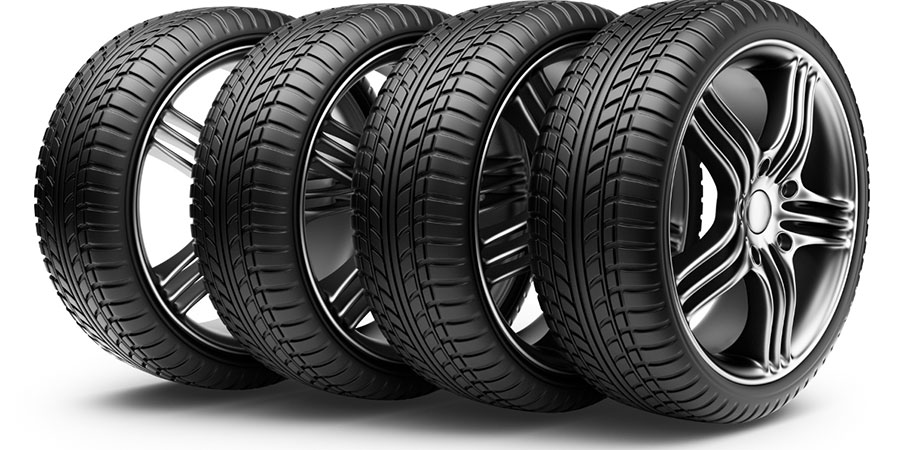Road Safety is all about measures and methods that are designed to prevent drivers and passengers on the road from injury or death. When you think about safety features of a car, you’d most likely think of the side mirrors, the seatbelts and the airbags. While these three are certainly important, there’s another important part of the car which many vehicle-owners overlook; the tyres.
The failure to attend to tyre safety is a vital factor in hundreds of road accidents every year in our country. Tyres do more than just roll; it’s only point of contact between the vehicle and the road. Tyres play a vital role in ensuring that a vehicle is safe to be driven. Just like the shoes you wear on your feet, you’d want your tyres to fit nicely to your car so that they’re able to work in their optimum condition.
Many times, vehicle owners are not even aware of the condition of their tyres. Something that can lead to safety being jeopardized, including having tyres that are not of the right size, improperly inflated, worn out or defective.
Tyres have a direct link to the quality of the ride of a vehicle as well as safety in general. The consequences arising from neglecting conditions of tyres are many but some include; losing control of vehicle which is primarily due to defective tyres may lead to having less control of the car. This situation may also be escalated and lead to a blow out, which means experiencing a total loss of control over the vehicle. Secondly, increased braking distance. Braking distance is how far a vehicle travels before it comes a complete stop (after the brakes are applied). While this can be affected by external factors such as the weather and road conditions, tyres, too, can affect this distance.
Tyres need to maximize their contact with the road in order to provide a braking distance that is ideal. When this is compromised by improper tyre pressure or an uneven tread, traction between the tyre and the road is reduced, thus leading to an increased braking distance.
Lastly, risk of aquaplaning or hydroplaning. Aquaplaning or hydroplaning is when water builds between the wheels of the vehicle and the road surface, leading to a loss of traction that prevents the vehicle from responding to braking – also known as the action of losing grip due to wet surfaces. If it occurs to all wheels simultaneously, the vehicle becomes, in effect, an uncontrolled sled.
The treads on tyres are designed to help water flow through and away from its surface; ensuring tyres always have contact with the road. When tyres have shallow or worn out treads, water may build up on the surface of the tyre instead. This creates a layer of water on which tyres glide, causing lose of traction and, on a bigger scale, control of car.
As a safety precaution, it is recommended to replace tyres when the tread depth is worn down to 4/32-inch or less to minimize the possibility of such mishaps.
In other words, making sure tyres are well-maintained and cared for is the quickest way to eliminate risks of losing control while on the road. While it may seem convenient to leave all these complicated car-parts issues to mechanic, it’s always useful to understand what is going on when you get behind the wheel.
James Akena
Member of Legacy Road Safety Initiative (LRS) and Chartered Institute Logistics and Transport (CILT)


